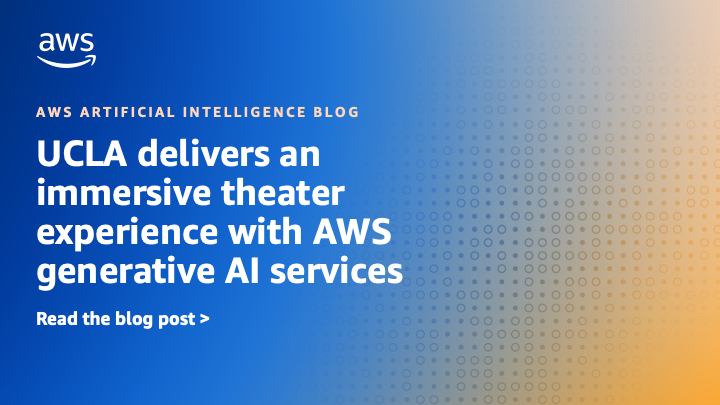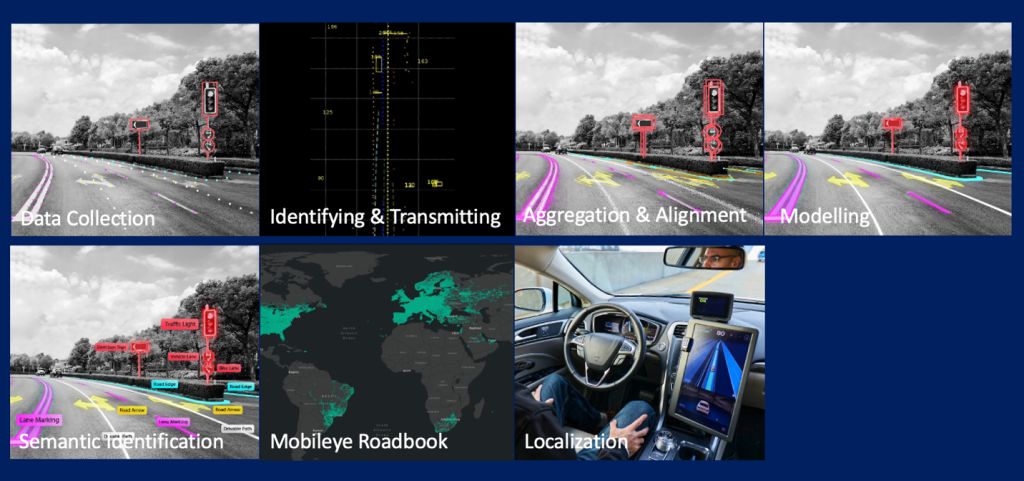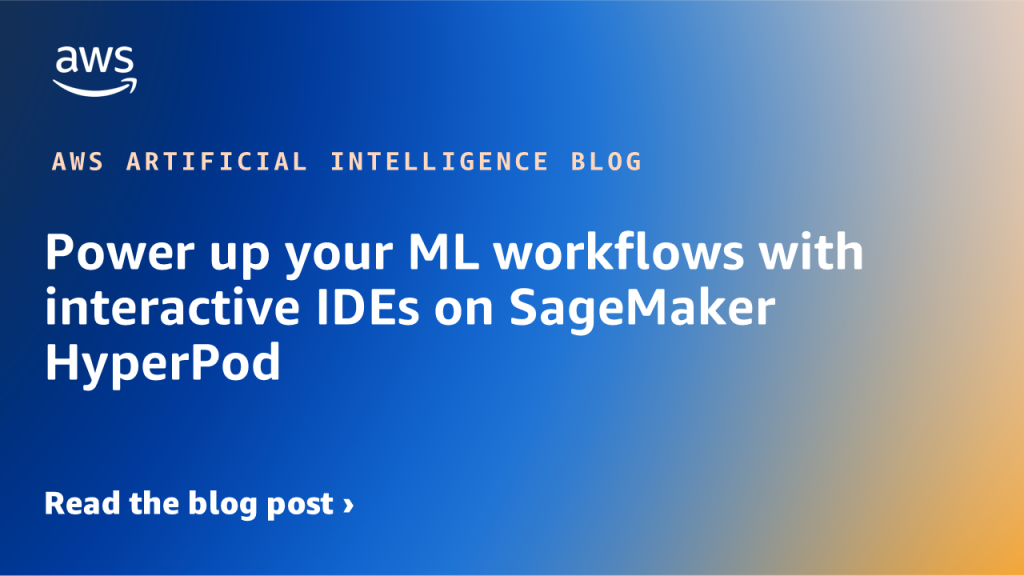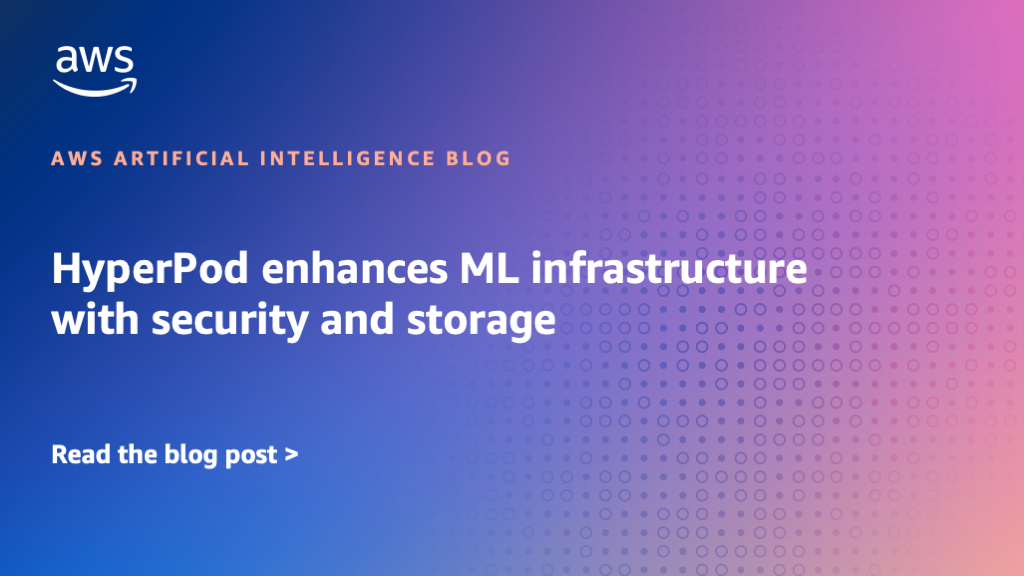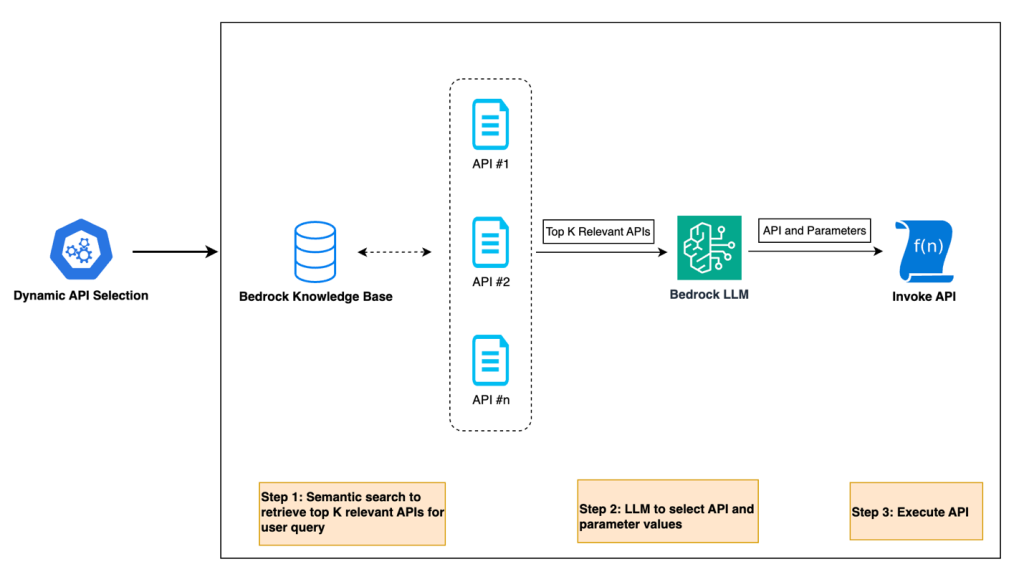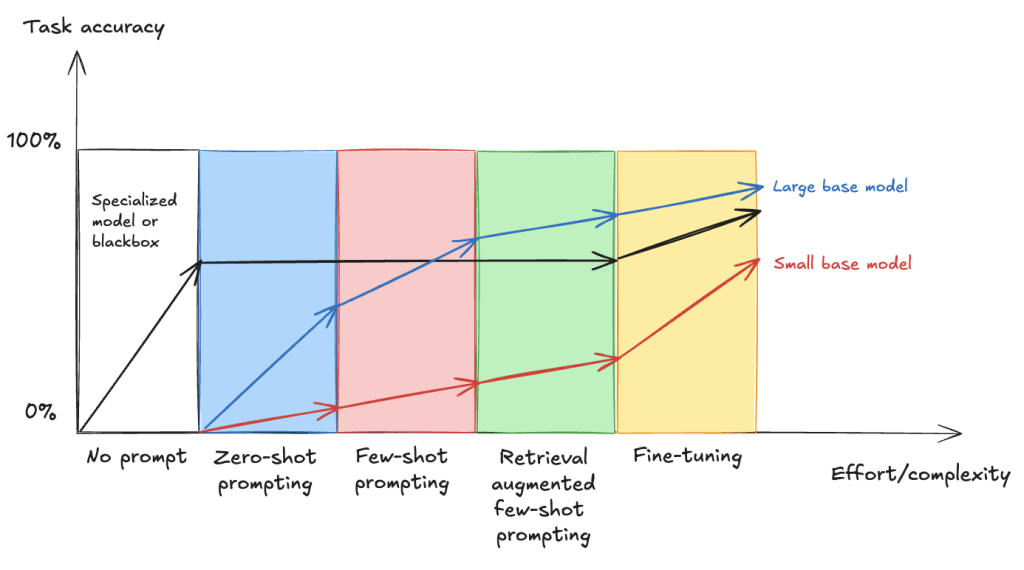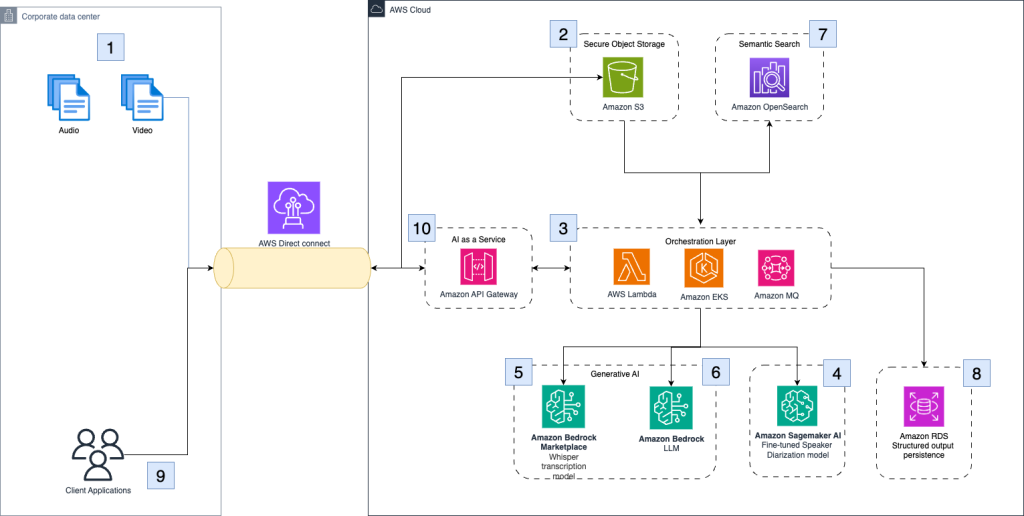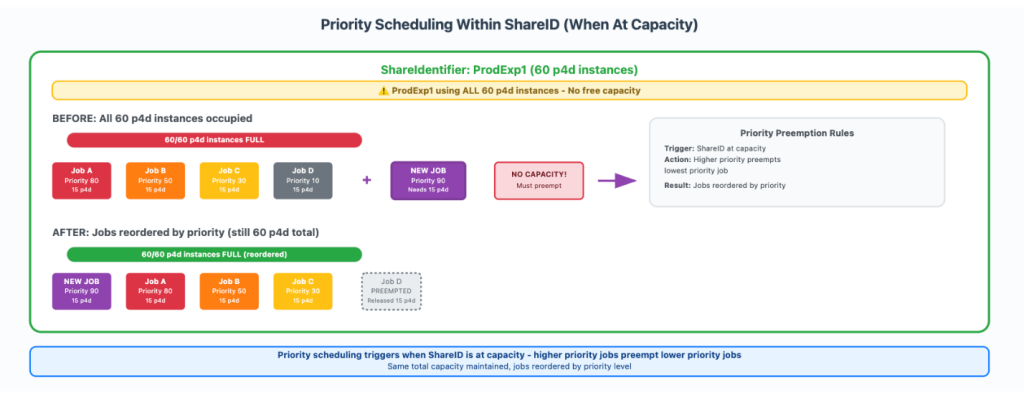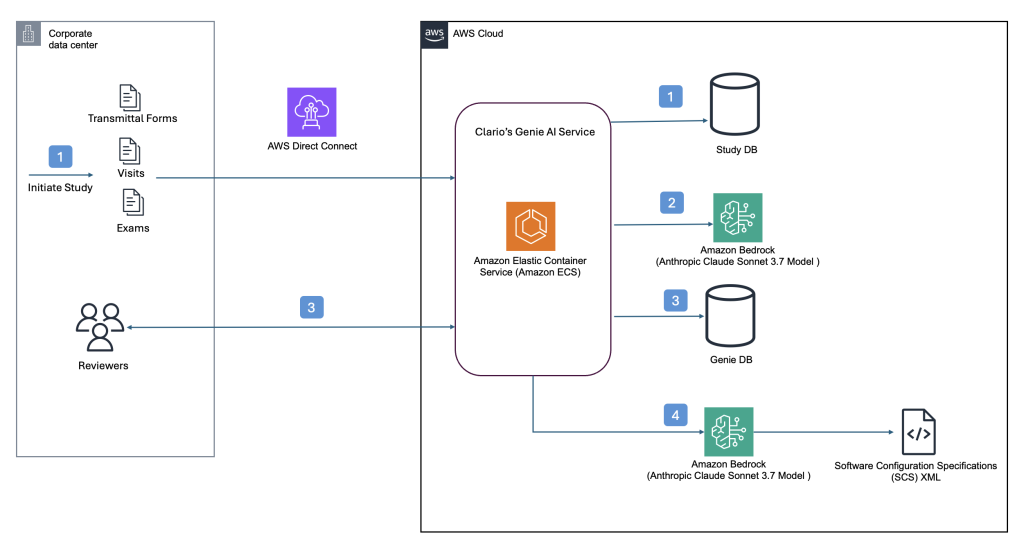Artificial Intelligence
Category: Advanced (300)
University of California Los Angeles delivers an immersive theater experience with AWS generative AI services
In this post, we will walk through the performance constraints and design choices by OARC and REMAP teams at UCLA, including how AWS serverless infrastructure, AWS Managed Services, and generative AI services supported the rapid design and deployment of our solution. We will also describe our use of Amazon SageMaker AI and how it can be used reliably in immersive live experiences.
Optimizing Mobileye’s REM™ with AWS Graviton: A focus on ML inference and Triton integration
In this post, we focus on one portion of the REM™ system: the automatic identification of changes to the road structure which we will refer to as Change Detection. We will share our journey of architecting and deploying a solution for Change Detection, the core of which is a deep learning model called CDNet. We will share real-life decisions and tradeoffs when building and deploying a high-scale, highly parallelized algorithmic pipeline based on a Deep Learning (DL) model, with an emphasis on efficiency and throughput.
Power up your ML workflows with interactive IDEs on SageMaker HyperPod
Amazon SageMaker HyperPod clusters with Amazon Elastic Kubernetes Service (EKS) orchestration now support creating and managing interactive development environments such as JupyterLab and open source Visual Studio Code, streamlining the ML development lifecycle by providing managed environments for familiar tools to data scientists. This post shows how HyperPod administrators can configure Spaces for their clusters, and how data scientists can create and connect to these Spaces.
Using Spectrum fine-tuning to improve FM training efficiency on Amazon SageMaker AI
In this post you will learn how to use Spectrum to optimize resource use and shorten training times without sacrificing quality, as well as how to implement Spectrum fine-tuning with Amazon SageMaker AI training jobs. We will also discuss the tradeoff between QLoRA and Spectrum fine-tuning, showing that while QLoRA is more resource efficient, Spectrum results in higher performance overall.
HyperPod enhances ML infrastructure with security and storage
This blog post introduces two major enhancements to Amazon SageMaker HyperPod that strengthen security and storage capabilities for large-scale machine learning infrastructure. The new features include customer managed key (CMK) support for encrypting EBS volumes with organization-controlled encryption keys, and Amazon EBS CSI driver integration that enables dynamic storage management for Kubernetes volumes in AI workloads.
Harnessing the power of generative AI: Druva’s multi-agent copilot for streamlined data protection
Generative AI is transforming the way businesses interact with their customers and revolutionizing conversational interfaces for complex IT operations. Druva, a leading provider of data security solutions, is at the forefront of this transformation. In collaboration with Amazon Web Services (AWS), Druva is developing a cutting-edge generative AI-powered multi-agent copilot that aims to redefine the customer experience in data security and cyber resilience.
Fine-tune VLMs for multipage document-to-JSON with SageMaker AI and SWIFT
In this post, we demonstrate that fine-tuning VLMs provides a powerful and flexible approach to automate and significantly enhance document understanding capabilities. We also demonstrate that using focused fine-tuning allows smaller, multi-modal models to compete effectively with much larger counterparts (98% accuracy with Qwen2.5 VL 3B).
How Clario automates clinical research analysis using generative AI on AWS
In this post, we demonstrate how Clario has used Amazon Bedrock and other AWS services to build an AI-powered solution that automates and improves the analysis of COA interviews.
How Amazon Search increased ML training twofold using AWS Batch for Amazon SageMaker Training jobs
In this post, we show you how Amazon Search optimized GPU instance utilization by leveraging AWS Batch for SageMaker Training jobs. This managed solution enabled us to orchestrate machine learning (ML) training workloads on GPU-accelerated instance families like P5, P4, and others. We will also provide a step-by-step walkthrough of the use case implementation.
Clario streamlines clinical trial software configurations using Amazon Bedrock
This post builds upon our previous post discussing how Clario developed an AI solution powered by Amazon Bedrock to accelerate clinical trials. Since then, Clario has further enhanced their AI capabilities, focusing on innovative solutions that streamline the generation of software configurations and artifacts for clinical trials while delivering high-quality clinical evidence.
